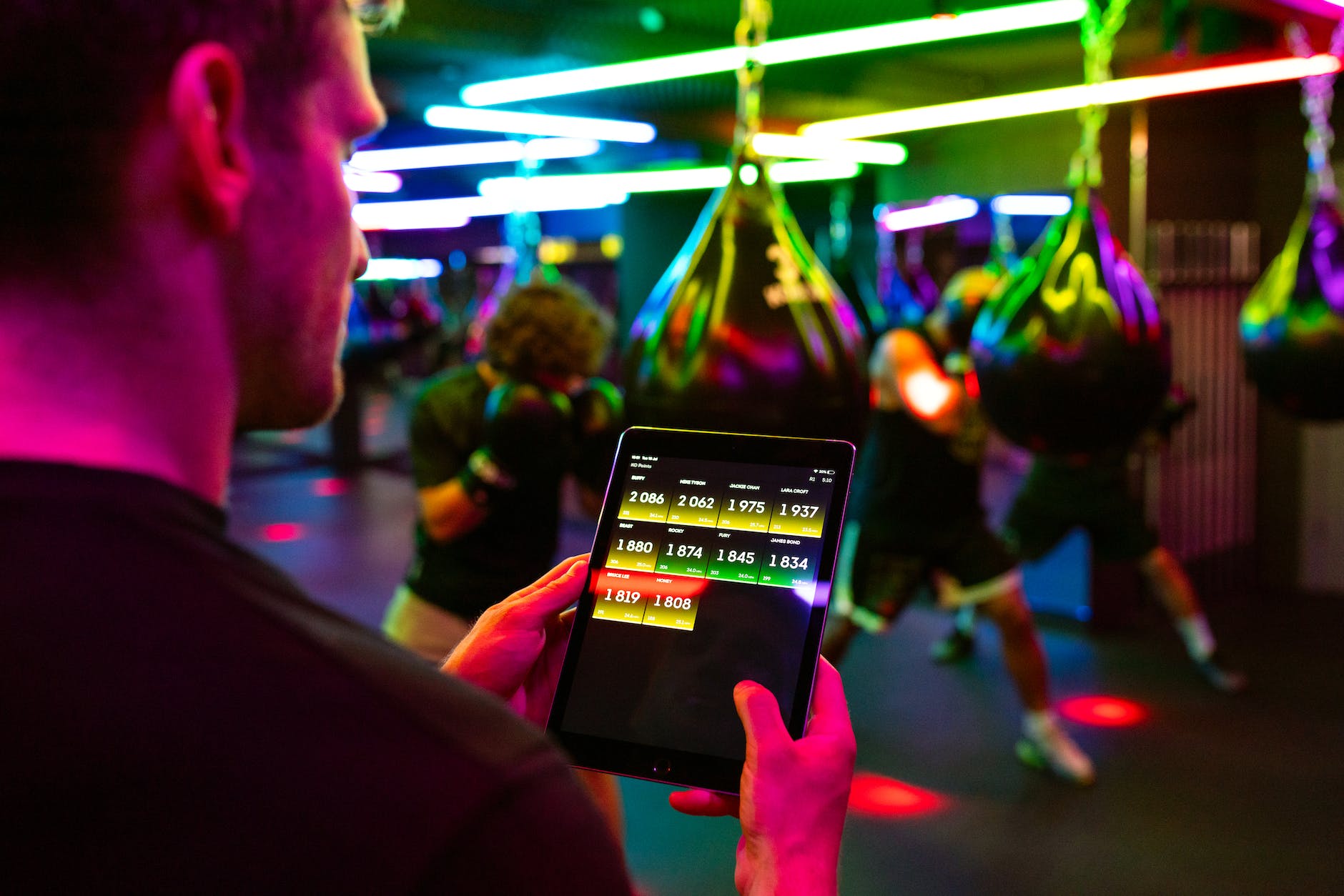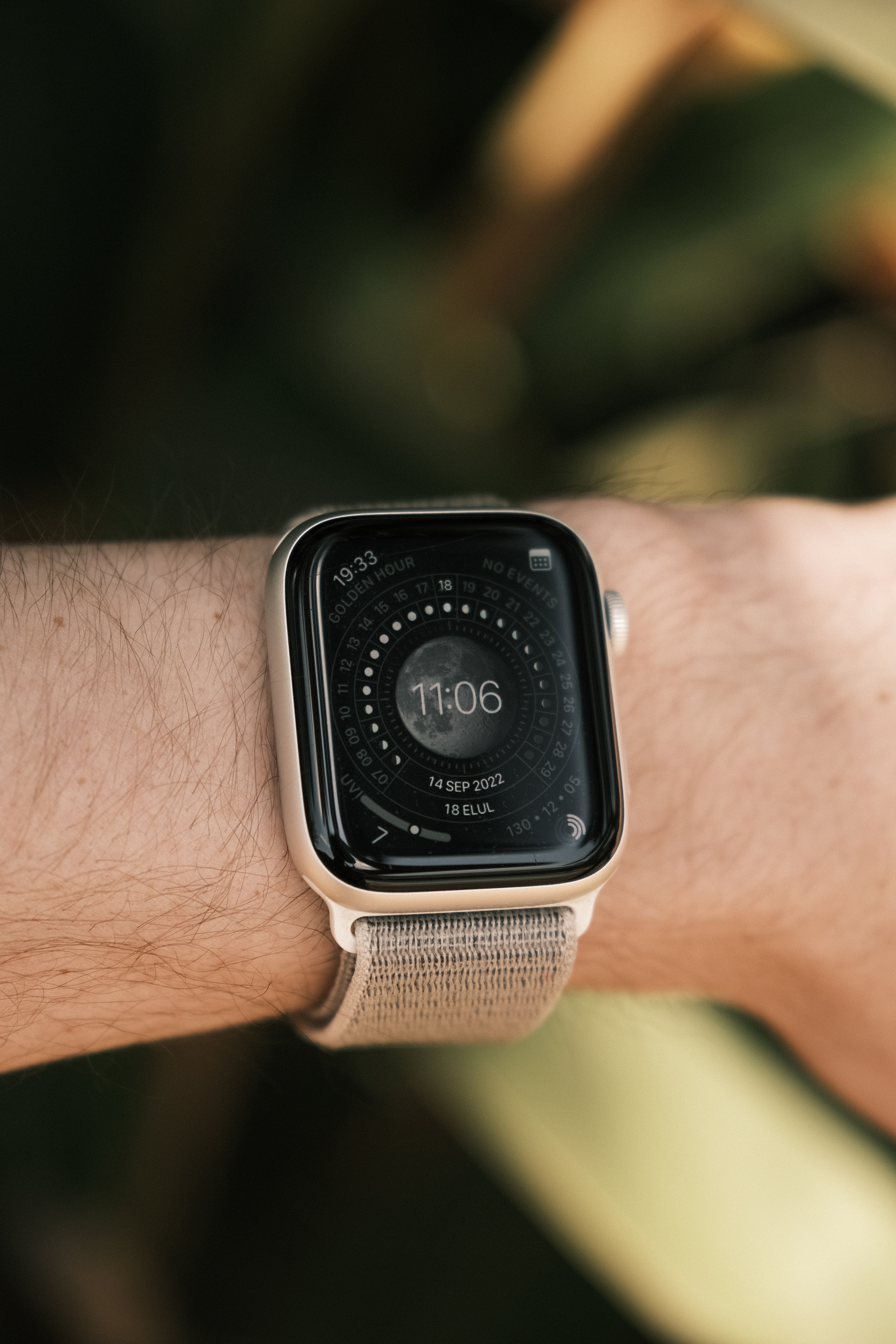Welcome to the world of fitness tracking apps and wearables, your new allies in achieving your health goals. These innovative tools are designed to monitor your daily physical activities, providing you with valuable insights into your health and fitness. Whether you’re a seasoned fitness enthusiast or a newbie embarking on a fitness journey, these applications and devices can make your journey smoother and more efficient.
Fitness tracking apps and wearables come in various forms, such as smartphone applications and wearable devices like smartwatches or fitness bands. They collect and analyze data related to your physical activities, including the number of steps you take, calories you burn, distance you travel, and your heart rate. Some advanced models even measure your sleep quality and stress levels.
While the idea of tracking your fitness might seem a bit overwhelming initially, it’s actually quite simple. These tools are designed with user-friendliness in mind, making fitness tracking an easy and convenient process. All you need is a smart device and the motivation to stay fit.
The Importance of Fitness Tracking for Your Journey
Fitness tracking is not just about counting steps or tracking calories. It’s about understanding your body, setting realistic goals, and making informed decisions about your health. When you track your fitness, you gain a deeper understanding of your body’s needs and responses to physical activities. This knowledge is crucial in creating an effective fitness plan that suits your unique needs and goals.
Moreover, fitness tracking adds an element of accountability to your fitness journey. It’s easy to lose track of your progress or slack off when no one’s watching. But with a fitness tracker, you have a virtual coach that continually monitors your activities and provides feedback. This accountability can significantly boost your motivation and commitment to your fitness goals.
Lastly, fitness tracking helps you measure your progress. It’s one thing to feel that you’re improving, but it’s another to see concrete data showing your progress. With fitness tracking, you can clearly see how far you’ve come and how much closer you are to your goals.
“Fitness tracking is not just about counting steps or calories burned, it’s a daily reminder to yourself that every move you make is a step towards a healthier, happier you. It’s the science of self-improvement, wrapped around your wrist.”
How Fitness Tracking Apps and Wearables Work
At the heart of fitness tracking apps and wearables is the technology called sensors. These sensors collect various types of data, such as movement, heart rate, and even sleep patterns. Once the data is collected, the app or wearable will analyze it and convert it into useful information, such as the number of calories burned or the quality of your sleep.
Most fitness-tracking apps and wearables use GPS technology to track your outdoor activities, like running or cycling. They can also connect to other devices, like your smartphone, to provide more comprehensive tracking. Some apps even offer social features, allowing you to share your progress with friends or join fitness challenges.
Wearables, on the other hand, are worn on the body, typically on the wrist. They contain sensors that collect data continuously, providing real-time feedback about your activities. Most wearables can also connect to your smartphone, allowing you to access more detailed information and features.
Benefits of Using Fitness Tracking Apps and Wearables
Fitness tracking apps and wearables offer several benefits that can enhance your fitness journey. First, they provide personalized insights about your health and fitness. By analyzing your data, these tools can give you a clear picture of your current fitness level and suggest ways to improve.
Second, they promote consistency. Consistency is a key factor in achieving fitness goals. With a fitness tracker, you can set daily or weekly goals and monitor your progress towards achieving them. This can motivate you to stay consistent with your workouts and other healthy habits.
Third, they add an element of fun to your fitness journey. Many fitness-tracking apps and wearables have interactive features, like challenges and rewards, that can make fitness more enjoyable. This can boost your motivation and make your fitness journey more enjoyable.

Top Fitness Tracking Apps and Their Features
There are hundreds of fitness tracking apps available today, each with its own unique features. However, some apps stand out due to their comprehensive tracking capabilities, user-friendly design, and positive user reviews. Here are a few top fitness-tracking apps:
- MyFitnessPal: This app is known for its extensive food database, making it ideal for tracking your diet. It also tracks physical activities and integrates with various fitness wearables.
- Strava: Perfect for runners and cyclists, Strava offers detailed tracking of your routes, speed, and elevation. It also has a social feature, allowing you to compete with other users.
- Fitbit: While it’s best known for its wearable devices, Fitbit also offers a comprehensive fitness tracking app. It tracks various activities, including steps, sleep, heart rate, and more.
Best Fitness Wearables and Their Benefits
Like fitness tracking apps, fitness wearables come in various types and offer different features. Some of the best fitness wearables include:
- Fitbit Charge 4: This fitness band offers comprehensive tracking, including steps, heart rate, sleep, and more. It also has a built-in GPS for tracking outdoor activities.
- Apple Watch Series 6: More than just a smartwatch, the Apple Watch offers detailed fitness tracking, including heart rate, oxygen levels, and even ECG readings.
- Garmin Forerunner 245: Designed for runners, this watch offers advanced tracking features, like VO2 max and training status. It also includes safety features, like incident detection.
How to Choose the Right Fitness Tracking App or Wearable
With the plethora of fitness-tracking apps and wearables available, choosing the right one can be overwhelming. Here are some factors to consider:
- Your Fitness Goals: Choose a tool that aligns with your fitness goals. If you want to lose weight, choose an app or wearable that focuses on diet and calorie tracking. If you’re training for a marathon, choose a tool with advanced running features.
- Compatibility: Make sure the app or wearable is compatible with your smartphone or other devices.
- Budget: Determine your budget. There are free fitness tracking apps available, while wearables can range from affordable to high-end.
- Reviews and Ratings: Check out user reviews and ratings to get a sense of the tool’s performance and reliability.
User Reviews: Success Stories of Using Fitness Tracking Apps and Wearables
Many users have found success in their fitness journeys through the use of fitness-tracking apps and wearables. For instance, some users have reported significant weight loss after using MyFitnessPal to track their diet. Others have improved their running performance by tracking their progress with Strava or a Garmin watch.
These success stories demonstrate the effectiveness of fitness tracking in achieving health goals. They also highlight the importance of consistency, as most of these successful users have made fitness tracking a daily habit.
Future Trends in Fitness Tracking Apps and Wearables
The world of fitness tracking is constantly evolving, with new technologies and features emerging regularly. Future trends in this field include the development of more advanced sensors to track a wider range of health metrics, from stress levels to hydration status. We can also expect to see more integration between fitness tracking tools and other health services, like virtual doctor visits.
Another promising trend is the use of AI and machine learning to provide personalized fitness advice. This could take fitness tracking to a whole new level, making it even more effective in helping individuals achieve their health goals.
Navigating the Crypto World: A Comprehensive Comparison of Proof of Stake vs Proof of Work
Conclusion: Making the Most Out of Your Fitness Journey with Tracking Apps and Wearables
Fitness tracking apps and wearables are powerful tools that can greatly enhance your fitness journey. They offer personalized insights, promote consistency, and add an element of fun to your workouts. Whether you’re a seasoned athlete or a fitness newbie, these tools can help you achieve your health goals.
Remember, the key to successful fitness tracking is consistency. Make it a habit to track your activities every day, and use the insights you gain to continuously improve. With commitment and the right tools, you can navigate your fitness journey with confidence and success.
Mastering the Basics: A Comprehensive Guide to Muscle Building for Beginners
The Science Behind Muscle Recovery: Effective Strategies for Post-Workout Healing





